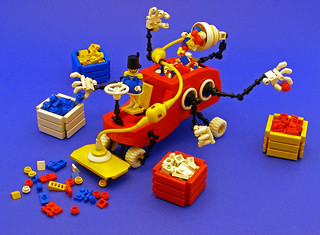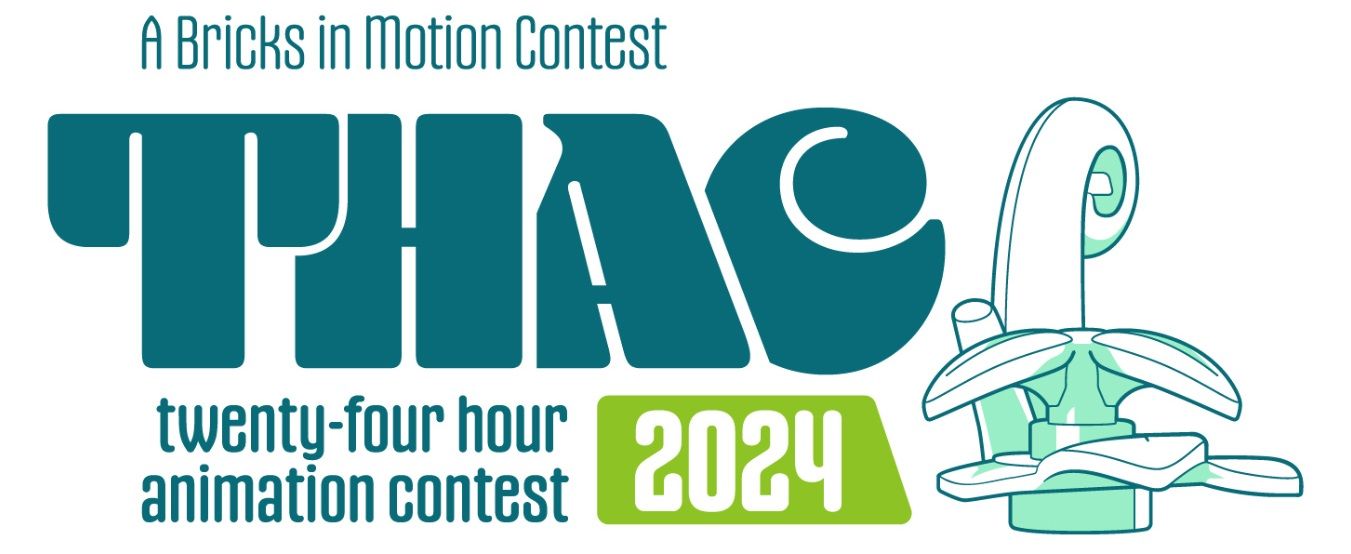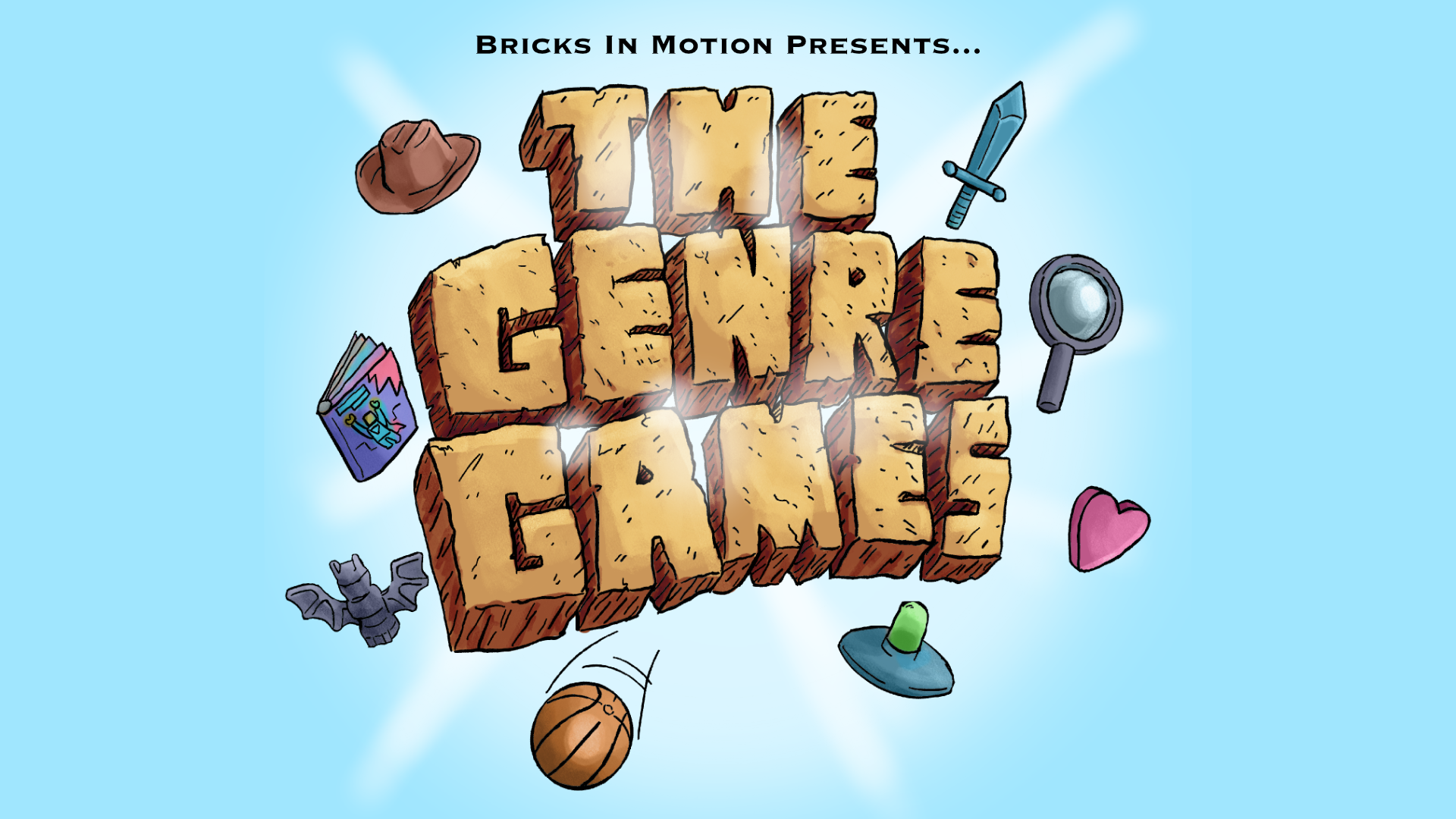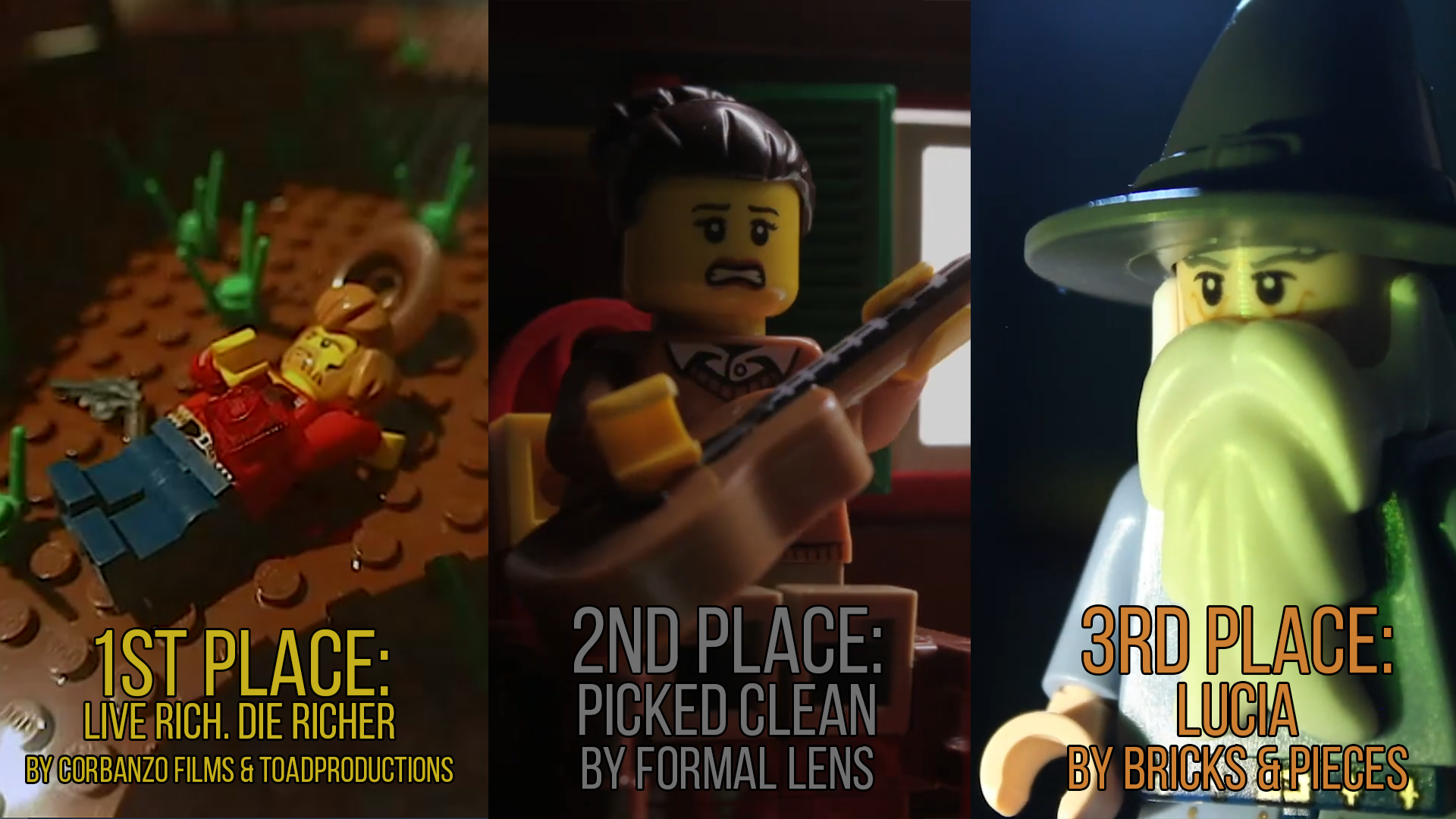Topic: Brickfilming Discussion Week 4: Challenges Unique to Brickfilmers
Welcome to the Weekly Bricks in Motion Filmmaking & Brickfilming Discussion thread!
These threads are designed to inspire discussion, debate and discourse on the topics of filmmaking, brickfilming, storytelling and LEGO. Each week I will start a new thread with a new discussion topic. Everyone is welcome to contribute as long as you have something thoughtful to say. Paragraphs are encouraged! If you are going to participate in this thread, please keep the discussion civil and refrain from pointless jokes, image macros, or “memes.”
Sorry for the delay in the topic posting! I'm still recovering from driving for 7 hours! ![]()
Please feel free to continue to contribute to the previous discussion threads as well. Just because they are older doesn't mean they aren't relevant any more!
Previous Discussions:
Week 1: Why LEGO?
Week 2: Dealing with the Mockers
Week 3: Brickfilms With Licensed Themes
This week’s discussion topic:
What challenges, if any, do you think brickfilmers face that no other type of animator faces?
As animators who use LEGO, brickfilmers occupy an interesting space between hobbies. We are filmmakers and LEGO fans, and with these shared interests come the potential for experiences or challenges that only pop up in our particular hobby. Have you experienced something that you think only happens to brickfilmers?















